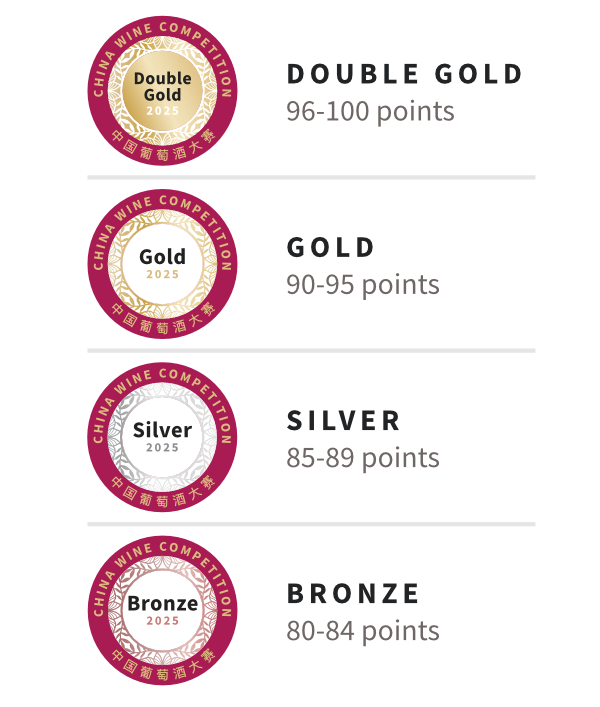November 10 , 2026, Hong Kong

Here’s how different key trends have influenced the alcohol market in China and Hong Kong, in turn affecting the sales and market value in the last couple of years
According to reports by Beverage Daily and IWSR, China is considered one of the world’s largest alcoholic beverage markets, with an expected growth of approximately 41 billion USD between 2022 and 2027. People in China and Hong Kong are open to splurging money on premium beverages and trying new brands given the increase in disposable income now, as opposed to the pandemic. In addition to the new buying patterns, there are other key trends shaping the alcohol market in China and Hong Kong.
From their focus on health to the cultural significance that certain alcohols have in the region, many factors have positively impacted the market, allowing liquor sales to flourish in the Asia-Pacific region. This article explores in detail how these trends are affecting the alcohol market in China and Hong Kong.
1. Demand for Foreign Liquors
Mintel, in its report on Consumption Habits of Alcoholic Drinks in China (2023), predicted that the market value of foreign brands will increase by nearly 11% by 2027 and be valued at approximately 95 billion USD. This dynamic is largely influenced by the younger generations who opt for imported liquor brands, with the likes of whisky and brandy gaining popularity, stated China Daily. Pernod-Ricard also invested 150 million USD to build a state-of-the-art malt whisky distillery in China’s Emeishan, showcasing its commitment to the Chinese alcoholic beverages market. Likewise, Diageo spent 75 million USD on a malt whisky distillery in the country’s Yunnan province, further cementing the rise of premium single malt whiskies amongst the Chinese consumer group.

Image Title & Source: THE CHUAN Malt Whisky Distillery, Pernod Ricard
2. Inclination Towards Traditional Drinks
Formal meetings or social gatherings are always dictated by the norm of social drinking as a way to bond with people. And more often than not their go-to choice of beverage is baijiu, the national drink of China. With traditional alcohol being ingrained in the sociocultural aspects of their lifestyle, baijiu is one of the majorly consumed alcoholic beverages in the nation despite the rising preference for imported counterparts. China’s liquor industry makes more than 90 per cent of its sales from Baijiu which amounts to an estimated 160 billion USD yearly according to BBC.

Image Title & Source: Chinese Traditional Alcohol (Pixabay)
3. Focus on Health
One of the reasons that drives the Chinese to baijiu is its perceived health benefits. This heightened focus on health has not only influenced the baijiu market in the region but also the wine market. Given that red wine appears to have benefits positively affecting skin and health, the Chinese prefer it over other wine varieties. MS Advisory reported that red wine has the highest consumption rate at 95% compared to other wine varietals like white wine, sparkling and more, amounting to the remaining five per cent.
Also Read: China's Wine Demand: Trends And Opportunities For International Wineries In 2025
4. Popularity of Bespoke Cocktails
With the rising trend of premiumisation, it comes as no surprise that consumers are willing to spend on quality liquors and bespoke cocktails. According to reports by Statista, customer preferences in Hong Kong are shifting towards premium and craft alcoholic beverages, with consumers willing to pay more for higher quality, unique, and authentic drinking experiences, driven by an appreciation for craftsmanship. Bars like Takumi Mixology Salon, Alibi and more have even curated their offerings to cater to this trend.

Image Title & Source: Cocktails (pixabay)
5. Bar Takeovers
Given that post-pandemic consumers are now more eager than ever to travel and explore the world, bar takeovers prove to be very efficient in bringing the flavours of the world to the country. Hong Kongers have become more curious when exploring new cocktails, and initiatives like bar takeovers allow the locality to try foreign brands as well as experience their mixology. In an interview with Drink Magazine, Bob Louison—Director of Bars at Rosewood Hotels & Resorts, Hong Kong—mentioned that while international guest shifts allow people to experience cocktails from foreign bars, domestic shifts will let consumers and bars support local talents.
6. Rise of Online Sales
Beyond the bar scene, e-commerce platforms are another place where people’s changing spending habits are evident. IWSR noted that 53% of people in China favoured purchasing their alcoholic beverages through an online platform. While direct-to-customer platforms became more prevalent during the COVID pandemic, China is one of the countries where online sales have increased since then. As per IWSR’s reports, e-commerce platforms will see a compound annual growth rate of 6% until 2027.
Also read: The Most Important Websites for Wine Sales in China
The above-listed trends provide insight into the dynamics of China’s beverage market. While the industry is still rebounding from the negative influence of the COVID pandemic that affected the market, these trends have the potential to influence the beverage sector for the better.
Header image sourced from pexels.com
Related links:
Hong Kong's Wine Scene: Who's Who Of The Wine Business
China’s Leading Wine Importers - A Comprehensive Guide For International
The 2025 China Competitions results are now live. View 2025 winners.
Key Dates
Super Early Bird Deadline: May 20, 2026
Early Bird Deadline: July 31, 2026
Regular Deadline: October 14, 2026
Warehouse Deadline: October 22, 2026
Judging Date: November 10, 2026
Winners Announcement: November 24, 2026



